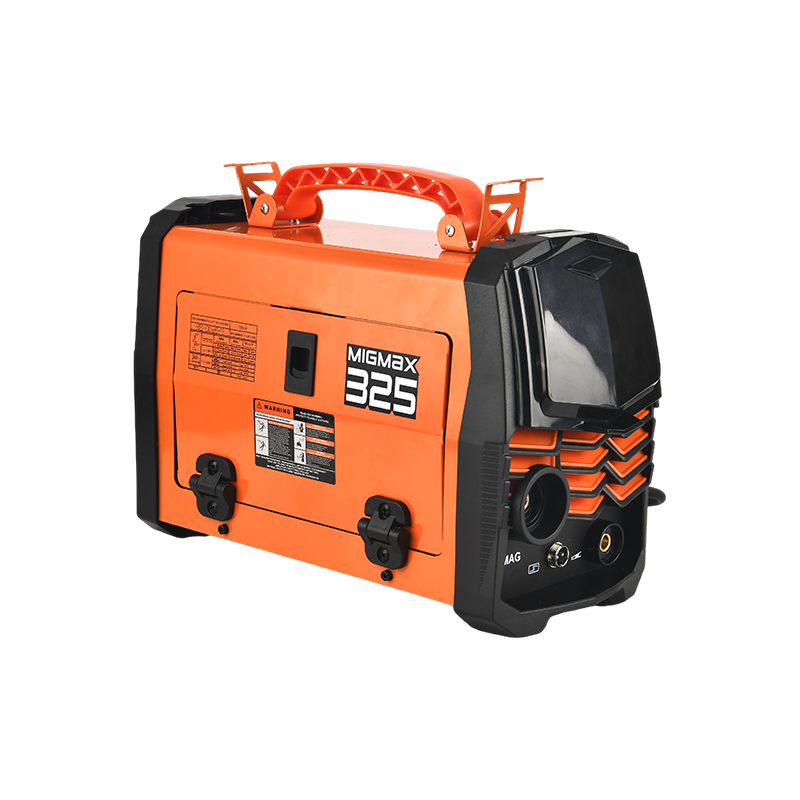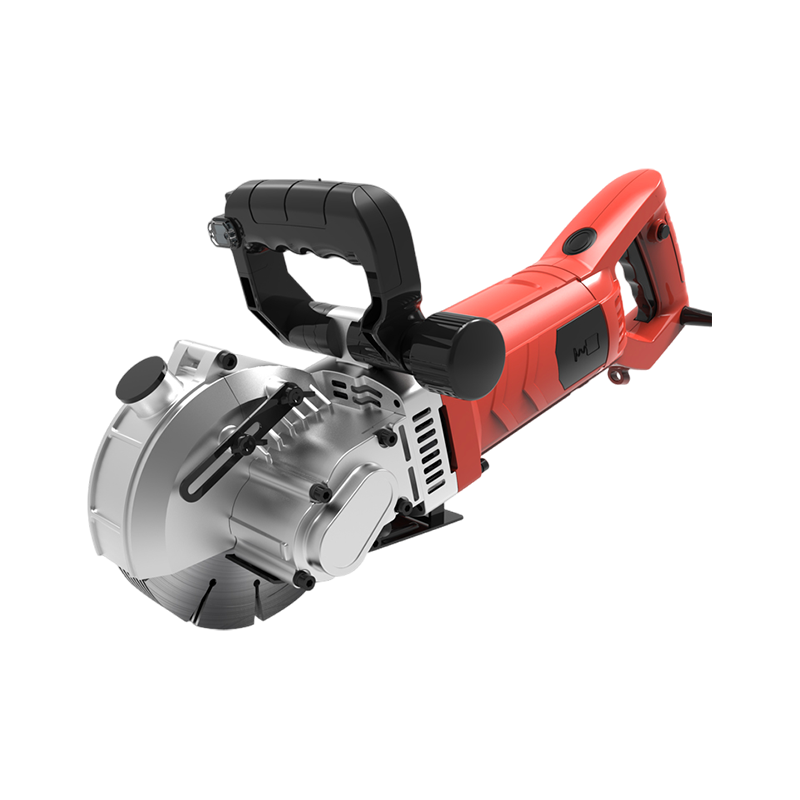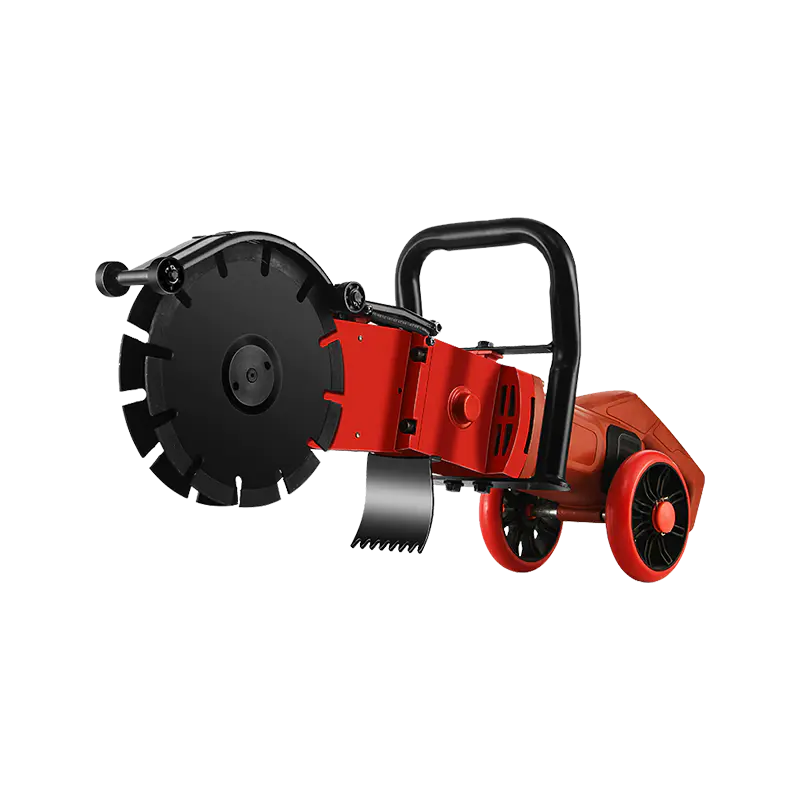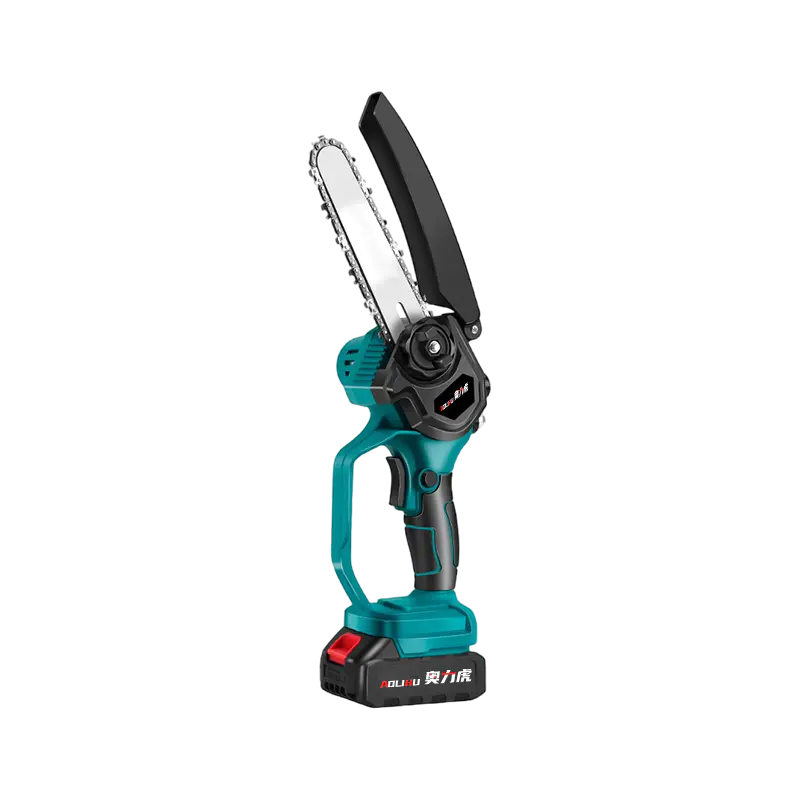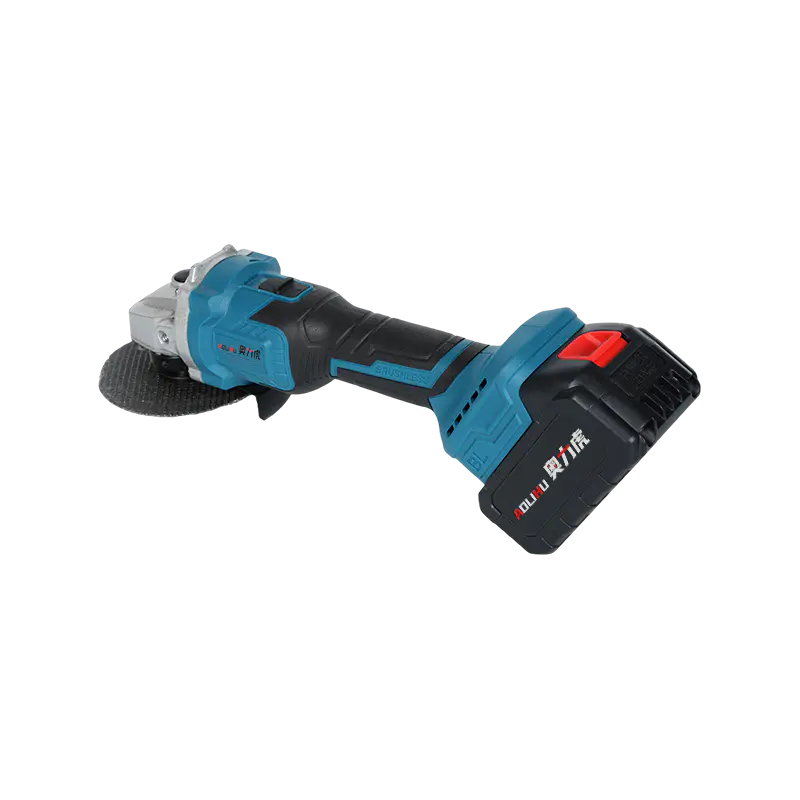A specialized category of lifting equipment known as the labor saving arm jack is gaining recognition across multiple industries for its ability to streamline operations involving heavy or awkward loads. This mechanical assist technology represents a significant advancement in material handling, combining the principles of articulated arm systems with lifting mechanisms to reduce physical strain on workers. The growing adoption of this equipment reflects increasing attention to workplace safety and operational efficiency in sectors where manual lifting was previously commonplace.

The fundamental design of a labor saving arm jack typically incorporates an articulated arm structure with a integrated lifting mechanism, often utilizing hydraulic, pneumatic, or electric power systems. This configuration allows the equipment to perform lifting and positioning tasks with small physical effort from the operator. The versatility of the labor saving arm jack enables customization for specific applications, with adjustable parameters including lifting height, weight capacity, and range of motion. This adaptability makes the technology suitable for diverse environments from manufacturing facilities to automotive repair shops.
Recent technological improvements have enhanced the functionality and safety features of the labor saving arm jack. Modern iterations incorporate precision control systems that allow operators to manage lifting speed and positioning with increased accuracy. Ergonomic designs have reduced the physical interaction required, with many models featuring intuitive controls that less operator fatigue. These developments have expanded the suitable applications for the labor saving arm jack while contributing to improved workplace safety records in facilities that have implemented this technology.
In industrial manufacturing environments, the labor saving arm jack has demonstrated particular value in assembly processes where components must be precisely positioned. The equipment enables workers to handle heavy parts safely while maintaining alignment during installation procedures. This application not only reduces the risk of musculoskeletal injuries but also contributes to more consistent production quality. The implementation of the labor saving arm jack in these settings has shown potential to reduce downtime associated with worker fatigue and injury.
The maintenance and repair sector represents another significant application area for the labor saving arm jack. In automotive and equipment repair facilities, this technology assists technicians with tasks such as engine removal and transmission positioning. The controlled lifting capability of the labor saving arm jack provides stability during these procedures, enhancing both safety and procedural efficiency. Similar benefits have been observed in installation services where the equipment facilitates the positioning of heavy appliances or commercial equipment.
The healthcare industry has begun adopting specialized versions of the labor saving arm jack for patient handling applications. These medical-grade systems assist caregivers in transferring patients between beds, chairs, and examination tables. The use of the labor saving arm jack in these environments helps maintain patient comfort while reducing the physical strain on healthcare providers. This application demonstrates how the fundamental technology can be adapted to meet the specific requirements of different professional environments.
Looking forward, continued innovation in labor saving arm jack technology appears likely. Development efforts are focusing on improved energy efficiency, enhanced control systems, and broader weight capacity ranges. The integration of smart features such as load monitoring and automated positioning sequences represents another area of ongoing research. As these advancements reach the market, the applications for the labor saving arm jack are expected to expand further, supporting productivity and safety across an increasingly diverse range of professional settings.

 English
English русский
русский Français
Français Español
Español